One of the countries in which you can find dolomite rock is south Africa. In South Africa, the word “Karst” refers to the terrain and processes typical in areas underlain by dolomite (calcium/magnesium carbonate) rocks. These rocks can dissolve in the presence of water with carbon dioxide. This is a slow and natural process as part of the weathering process. If the dissolution process continues for several million years, landforms, erosional features, hydrosol cavities, and cave systems form a special environment called karst. the ground collapses into the vent and a stream forms. Sizes vary. In South Africa, dolomite rock areas are typical karst environments. Africa, but the most important due to the Tari Sewerage pits and surface subsidence that occur in the densely populated province of Gauteng, as well as in the areas around the West Rand Gold mining area. The Ministry of Water Affairs has developed detailed guidance for groundwater assessment, planning, and management in those parts of South Africa that lie beneath dolomite rocks.  The Earth Sciences Council and the Public Works Administration have also produced documentation on dolomite areas, but with a greater focus on the development of dolomite land for residential and other purposes. These documents acknowledge that groundwater management is an important part of reducing the risks of land instability in these areas. A series of detailed maps covering the compartments of dolomite groundwater will soon be available from the Ministry of Water Affairs. Definition of Dolomite. Dolomite is a unique mineral composed of a chemical mixture of calcium and magnesium carbonate (CaMg (CO3) 2). The rock in South Africa, the word “dolomite”, which denotes the type of rock, has replaced the word “dolomite limestone”. Dolomite limestone, as a natural rock, consists of the mineral dolomite (CaMg (CO3)2) mixed with calcite (calcium carbonate, CaCO3) and magnesite (magnesium carbonate, MgCO3). Portions of the rock may be richer or poorer in any of these last minerals. Dolomite is a type of sedimentary rock. Dolomite rock was formed in the Gauteng region about 300 million years ago.
The Earth Sciences Council and the Public Works Administration have also produced documentation on dolomite areas, but with a greater focus on the development of dolomite land for residential and other purposes. These documents acknowledge that groundwater management is an important part of reducing the risks of land instability in these areas. A series of detailed maps covering the compartments of dolomite groundwater will soon be available from the Ministry of Water Affairs. Definition of Dolomite. Dolomite is a unique mineral composed of a chemical mixture of calcium and magnesium carbonate (CaMg (CO3) 2). The rock in South Africa, the word “dolomite”, which denotes the type of rock, has replaced the word “dolomite limestone”. Dolomite limestone, as a natural rock, consists of the mineral dolomite (CaMg (CO3)2) mixed with calcite (calcium carbonate, CaCO3) and magnesite (magnesium carbonate, MgCO3). Portions of the rock may be richer or poorer in any of these last minerals. Dolomite is a type of sedimentary rock. Dolomite rock was formed in the Gauteng region about 300 million years ago. 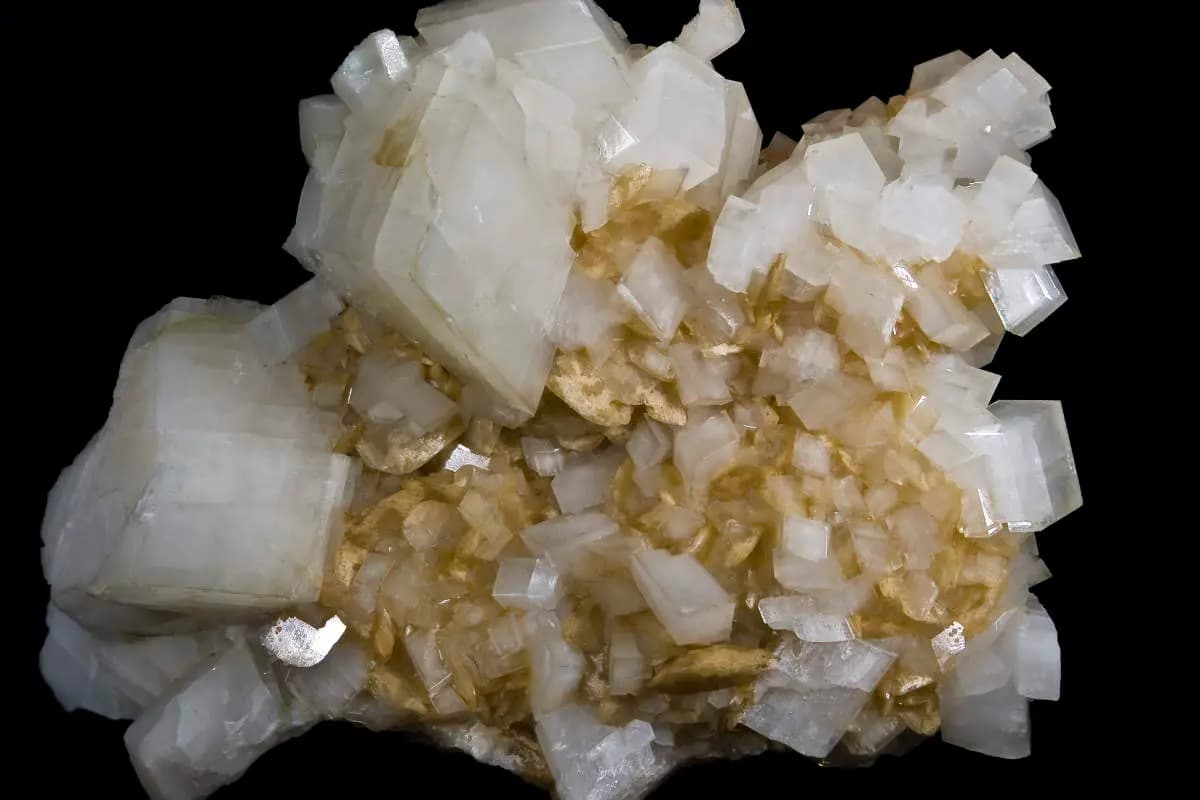 About one-fifth of the densely populated areas in Gauteng Province, some parts of the Northwest Province, and most of the gold-mining areas in the far western land lie under the dolomites. In Gauteng, dolomite formations are made up of the Malmani subgroup of the Chuniespoort of the Transvaal Supergroup, which is 2.7 billion years old. The subgroup is divided into various formations, some poor flint, and others rich flint. Dolomite formations are, in some places, covered by a relatively thin layer of younger rocks from the Pretoria, Transvaal Supergroup, and/or Karoo Supergroup, and/or covered with unconsolidated Paleolithic (60 million years old) material. Why dolomite is a developmental problem Rainwater (H2O) absorbs carbon dioxide (CO2) in the atmosphere and soil to form weak carbonic acid (H2CO3). Weakly acidic groundwater spread along stress fractures, defects, and joints in the dolomite succession causes carbonate leaching. Minerals Carbonate is removed in the form of bicarbonate by groundwater. This infiltration is most evident in the first tens of meters inside the rocky bed or below the groundwater table. This has resulted in a succession of remaining products in vertical areas, which are generally covered by geologically newer formations and soils.
About one-fifth of the densely populated areas in Gauteng Province, some parts of the Northwest Province, and most of the gold-mining areas in the far western land lie under the dolomites. In Gauteng, dolomite formations are made up of the Malmani subgroup of the Chuniespoort of the Transvaal Supergroup, which is 2.7 billion years old. The subgroup is divided into various formations, some poor flint, and others rich flint. Dolomite formations are, in some places, covered by a relatively thin layer of younger rocks from the Pretoria, Transvaal Supergroup, and/or Karoo Supergroup, and/or covered with unconsolidated Paleolithic (60 million years old) material. Why dolomite is a developmental problem Rainwater (H2O) absorbs carbon dioxide (CO2) in the atmosphere and soil to form weak carbonic acid (H2CO3). Weakly acidic groundwater spread along stress fractures, defects, and joints in the dolomite succession causes carbonate leaching. Minerals Carbonate is removed in the form of bicarbonate by groundwater. This infiltration is most evident in the first tens of meters inside the rocky bed or below the groundwater table. This has resulted in a succession of remaining products in vertical areas, which are generally covered by geologically newer formations and soils. 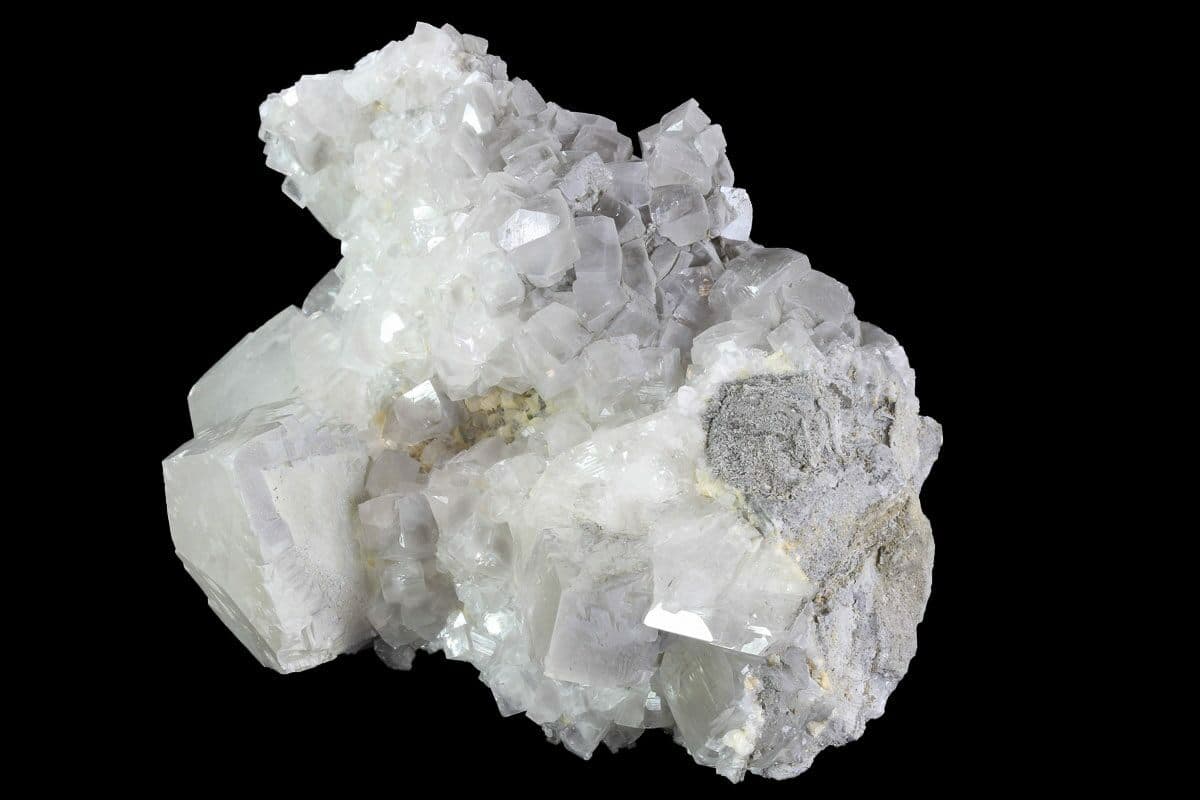 This vertical succession, and in particular the lateral anisotropy, is key to understanding the stability or instability that prevails at sites in dolomite regions. The vertically efficient solid dolomite bedrock is replaced by a slightly divided bedrock, and then, through a sudden and dramatic transition, into a completely insoluble, inefficient, and insoluble residue consisting primarily of manganese oxides, flint, and iron oxides that reflects the original structure of the insoluble matrix soluble. Depending on the local subsurface structure, the thickness of this highly inefficient, porous, and permeable horizon can reach several tens of meters in some places but is generally less than ten meters. Throughout geological time, in conjunction with the downward progression of intense dolomite leaching, mass compaction of the overlying materials has led to a gradual condensation of these inefficient materials. Eventually, the underground fluids may have cemented these ancient materials together to form compact, dense horizons. Thus, the vertical succession of the remaining leaching products reflects increased upward competition and decreased porosity and permeability. This process results in an inverse succession of quality overload with depth, as shown in the following diagram: given sufficient time and correct operating mechanisms, instability can occur naturally, but human activities can increase exponentially. The main catalytic mechanisms in such cases include ingress of water from percolating aquifer services, poor surface water drainage management, and low groundwater levels.
This vertical succession, and in particular the lateral anisotropy, is key to understanding the stability or instability that prevails at sites in dolomite regions. The vertically efficient solid dolomite bedrock is replaced by a slightly divided bedrock, and then, through a sudden and dramatic transition, into a completely insoluble, inefficient, and insoluble residue consisting primarily of manganese oxides, flint, and iron oxides that reflects the original structure of the insoluble matrix soluble. Depending on the local subsurface structure, the thickness of this highly inefficient, porous, and permeable horizon can reach several tens of meters in some places but is generally less than ten meters. Throughout geological time, in conjunction with the downward progression of intense dolomite leaching, mass compaction of the overlying materials has led to a gradual condensation of these inefficient materials. Eventually, the underground fluids may have cemented these ancient materials together to form compact, dense horizons. Thus, the vertical succession of the remaining leaching products reflects increased upward competition and decreased porosity and permeability. This process results in an inverse succession of quality overload with depth, as shown in the following diagram: given sufficient time and correct operating mechanisms, instability can occur naturally, but human activities can increase exponentially. The main catalytic mechanisms in such cases include ingress of water from percolating aquifer services, poor surface water drainage management, and low groundwater levels.  Topography and drainage, the natural thickness and origin of the transported soil and debris, the nature and topography of the underlying layers, the depth and expected fluctuations in the groundwater table, and the presence of structural features such as faults, fractures, and dams are all factors that influence the risk of subsidence. Dolomite rocks make up some of the best aquifers in South Africa. This is because they often support wells and springs that produce plenty of high-quality groundwater. There are often cracks and large openings in the rock, through which a large amount of groundwater can quickly move. These vents are caused by natural groundwater dissolving away from the dolomite rock, which usually occurs very slowly. This is also the reason why caves are found in the Dolomites. Although streams and valleys can form naturally, certain human activities can increase the risk of these events. For example, surface water seepage (for example, from a broken pipe) can erode the ground cover into cavities in the dolomite rock which can then create a surface sinkhole. Excessive groundwater pumping lowers the groundwater level (the water table), which can also increase the risk of sinkholes and ground instability. Allowing the water table to fluctuate (move up and down) outside of its normal range also causes more rock to dissolve and can increase the risk of holes. Therefore, maintaining the original groundwater conditions within the aquifer could be critical to dolomite stability.
Topography and drainage, the natural thickness and origin of the transported soil and debris, the nature and topography of the underlying layers, the depth and expected fluctuations in the groundwater table, and the presence of structural features such as faults, fractures, and dams are all factors that influence the risk of subsidence. Dolomite rocks make up some of the best aquifers in South Africa. This is because they often support wells and springs that produce plenty of high-quality groundwater. There are often cracks and large openings in the rock, through which a large amount of groundwater can quickly move. These vents are caused by natural groundwater dissolving away from the dolomite rock, which usually occurs very slowly. This is also the reason why caves are found in the Dolomites. Although streams and valleys can form naturally, certain human activities can increase the risk of these events. For example, surface water seepage (for example, from a broken pipe) can erode the ground cover into cavities in the dolomite rock which can then create a surface sinkhole. Excessive groundwater pumping lowers the groundwater level (the water table), which can also increase the risk of sinkholes and ground instability. Allowing the water table to fluctuate (move up and down) outside of its normal range also causes more rock to dissolve and can increase the risk of holes. Therefore, maintaining the original groundwater conditions within the aquifer could be critical to dolomite stability.  For these reasons, groundwater management in dolomite areas exposed to sewage hazards is important. It’s not just about managing a water resource for your benefit: groundwater management decisions can also affect land stability and building safety. duct is characterized by the presence of tension fissures within the sternum region. In South Africa, dolomite rocks are known for their sewer and rock formation. Thousands of people live and work in the Centurion area, where many sewers have occurred, causing damage and, in some cases, loss of property and even life. The standard practice in South Africa is to conduct geotechnical investigations on all dolomitic lands designated for development, regardless of the type of development. The South African limestone, dolomite and cement markets are exceptionally competitive and this has fostered product expansion and price stability in all three industries over the past five years. There has also been a clear move away from ordinary Portland cement to blended equivalents within the CEM II and CEM III cement ranges. In light of the infrastructure/construction boom last year, the markets with great potential are the cement and limestone (and associated derivatives) markets. The dolomite industry may grow significantly due to the demand for dolomite aggregates in construction. All three minerals, limestone, dolomite, and magnesite, compete/displace each other in similar markets and applications. Lime and limestone also compete for similar markets. Recycling, reusing, refurbishing, and increasing efficiency in lime and limestone consumption can discourage national and global markets.
For these reasons, groundwater management in dolomite areas exposed to sewage hazards is important. It’s not just about managing a water resource for your benefit: groundwater management decisions can also affect land stability and building safety. duct is characterized by the presence of tension fissures within the sternum region. In South Africa, dolomite rocks are known for their sewer and rock formation. Thousands of people live and work in the Centurion area, where many sewers have occurred, causing damage and, in some cases, loss of property and even life. The standard practice in South Africa is to conduct geotechnical investigations on all dolomitic lands designated for development, regardless of the type of development. The South African limestone, dolomite and cement markets are exceptionally competitive and this has fostered product expansion and price stability in all three industries over the past five years. There has also been a clear move away from ordinary Portland cement to blended equivalents within the CEM II and CEM III cement ranges. In light of the infrastructure/construction boom last year, the markets with great potential are the cement and limestone (and associated derivatives) markets. The dolomite industry may grow significantly due to the demand for dolomite aggregates in construction. All three minerals, limestone, dolomite, and magnesite, compete/displace each other in similar markets and applications. Lime and limestone also compete for similar markets. Recycling, reusing, refurbishing, and increasing efficiency in lime and limestone consumption can discourage national and global markets.
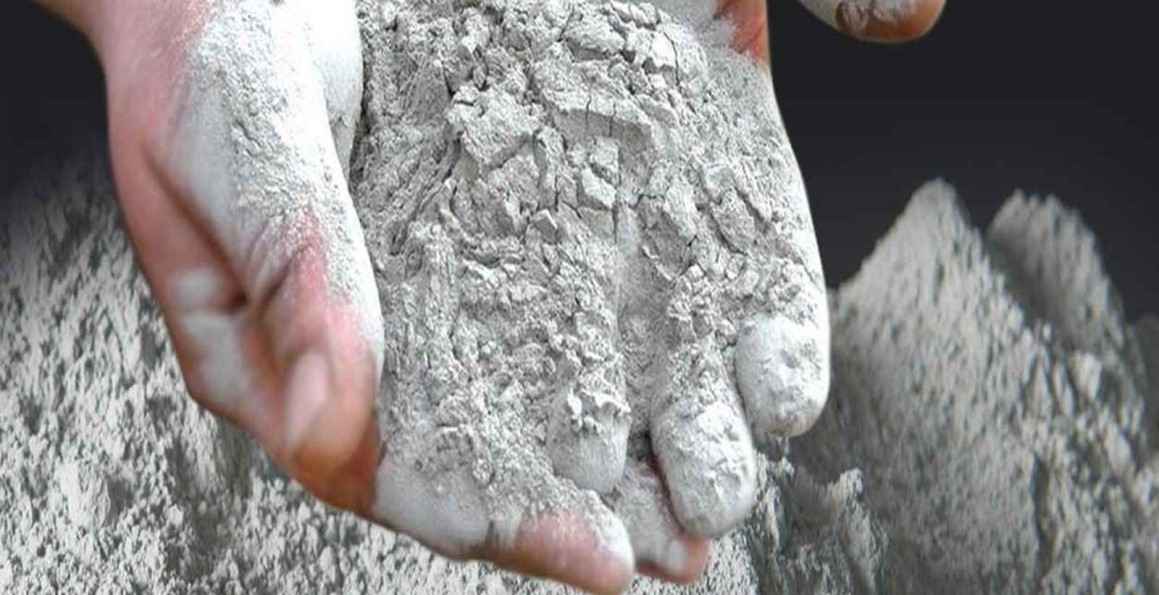
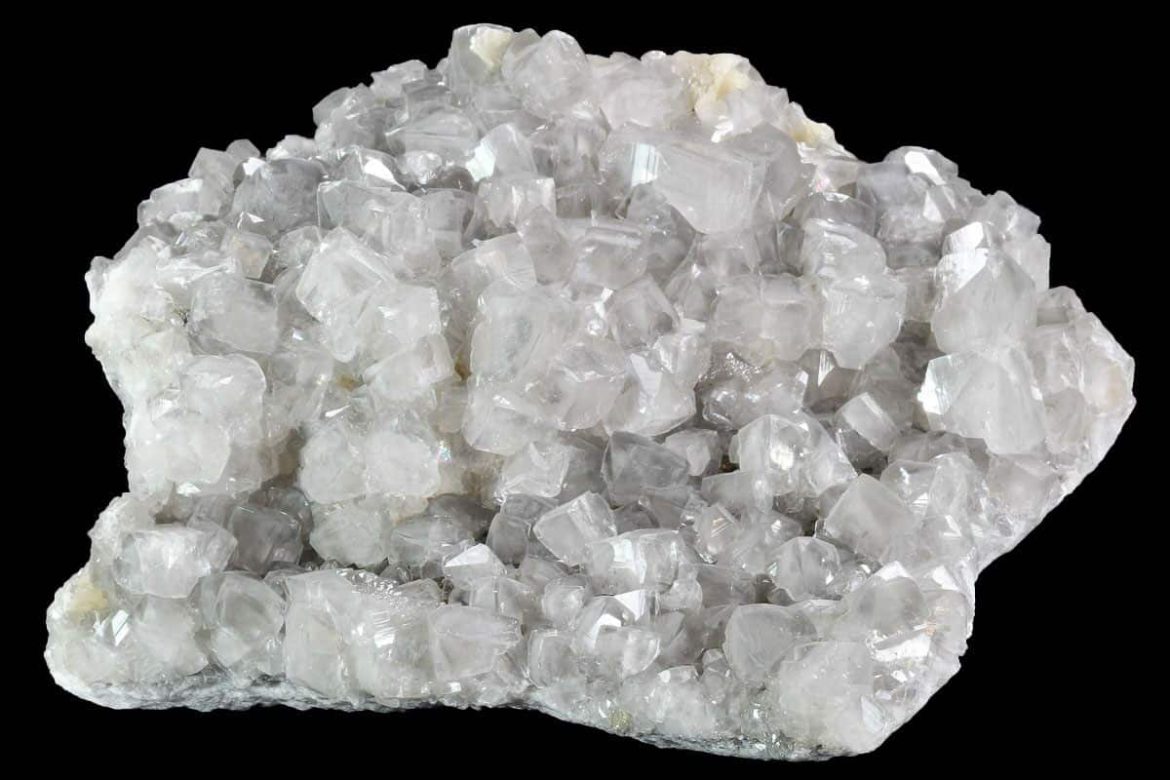
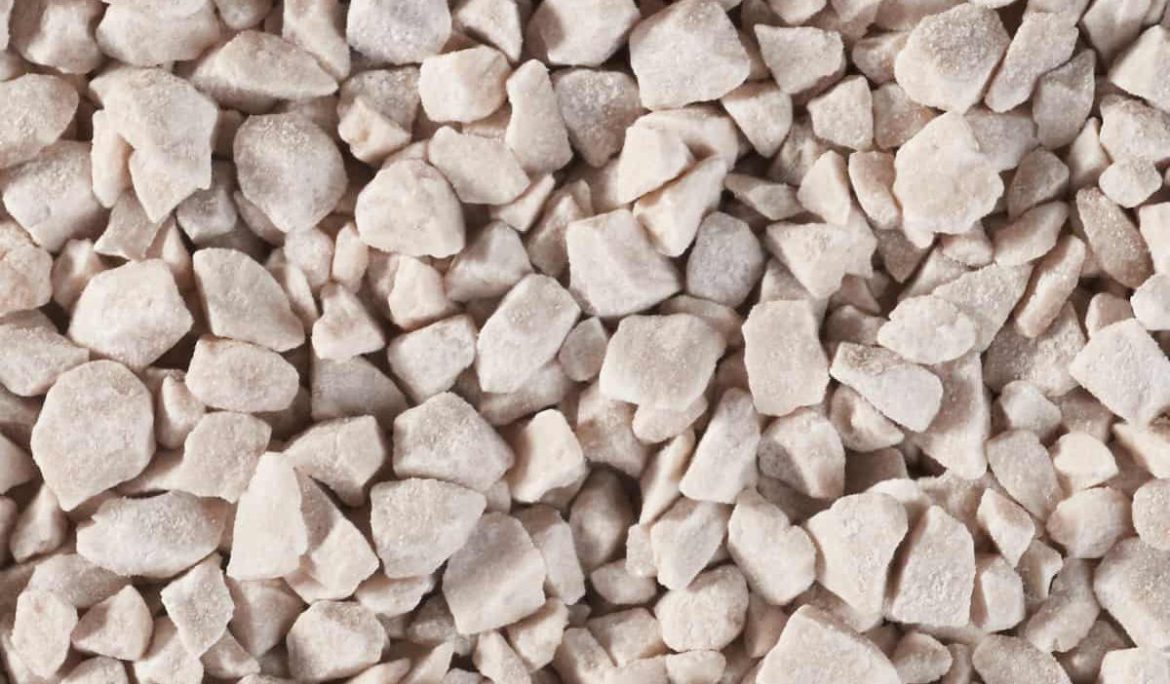
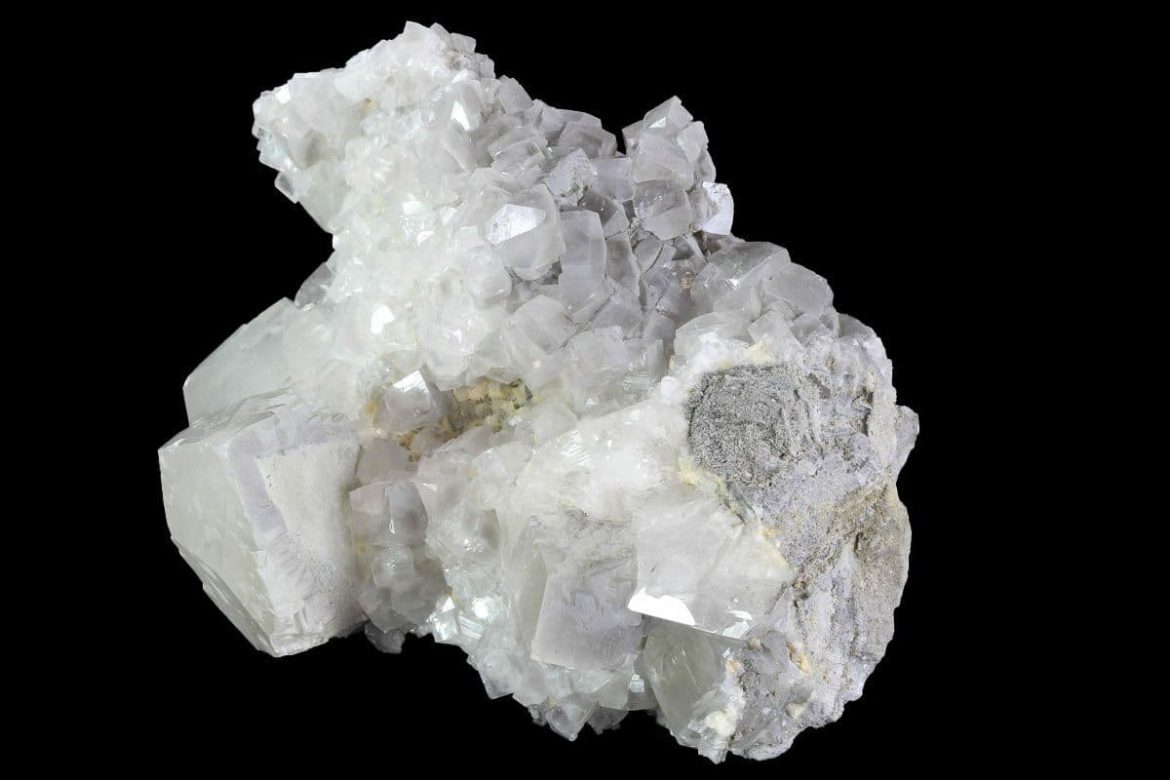
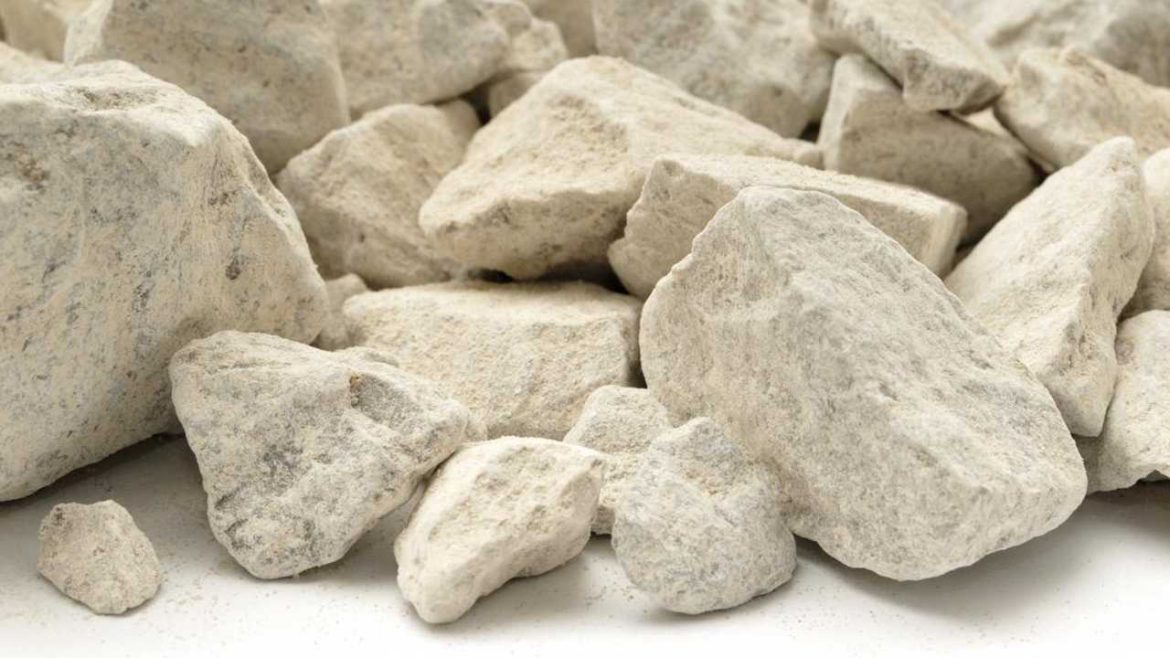
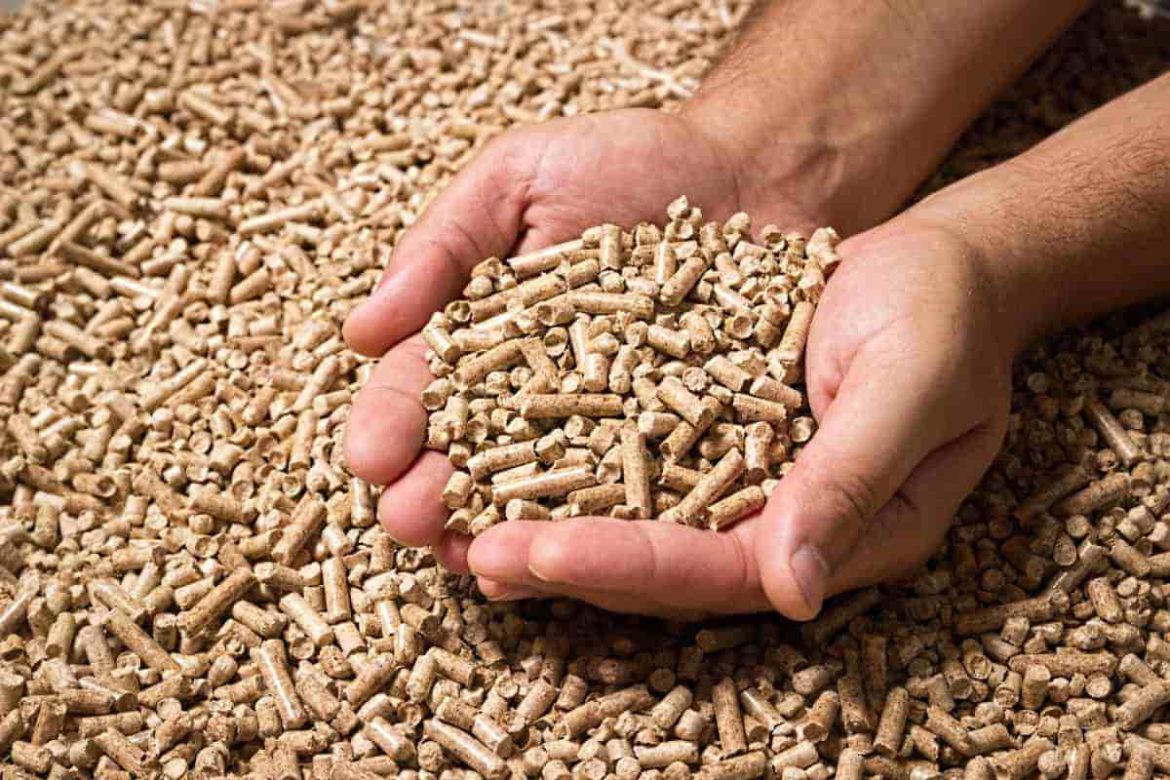
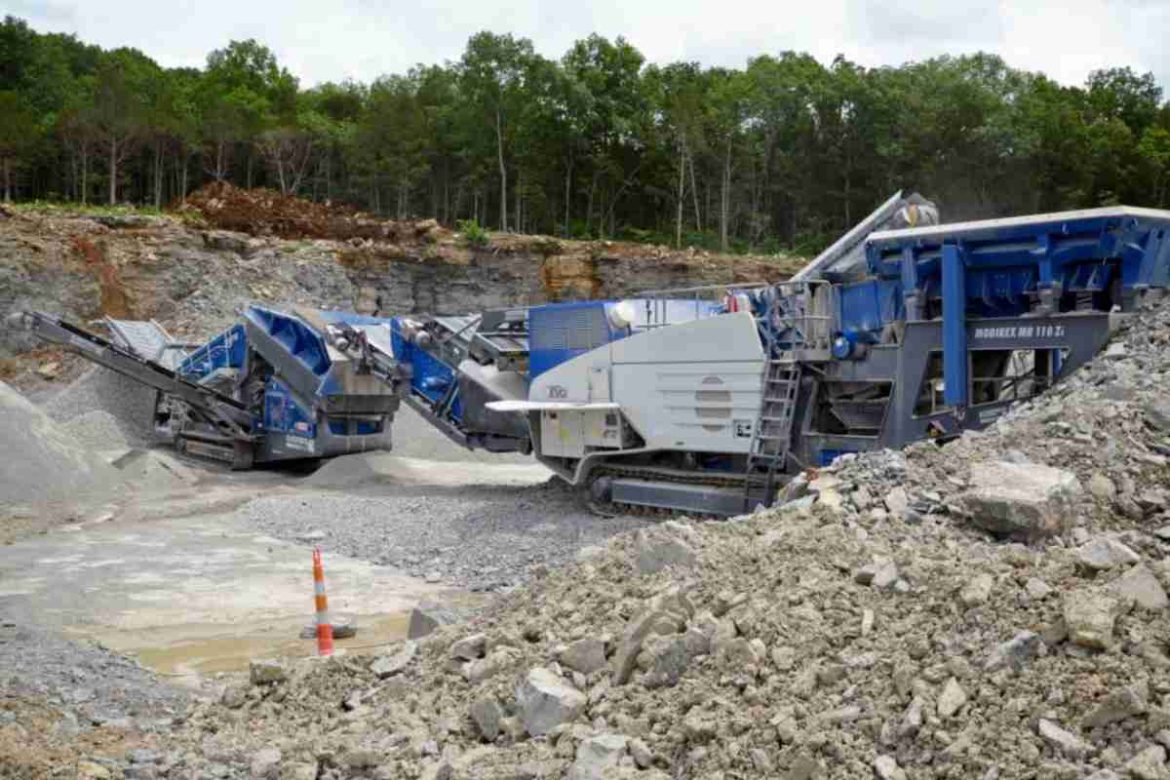
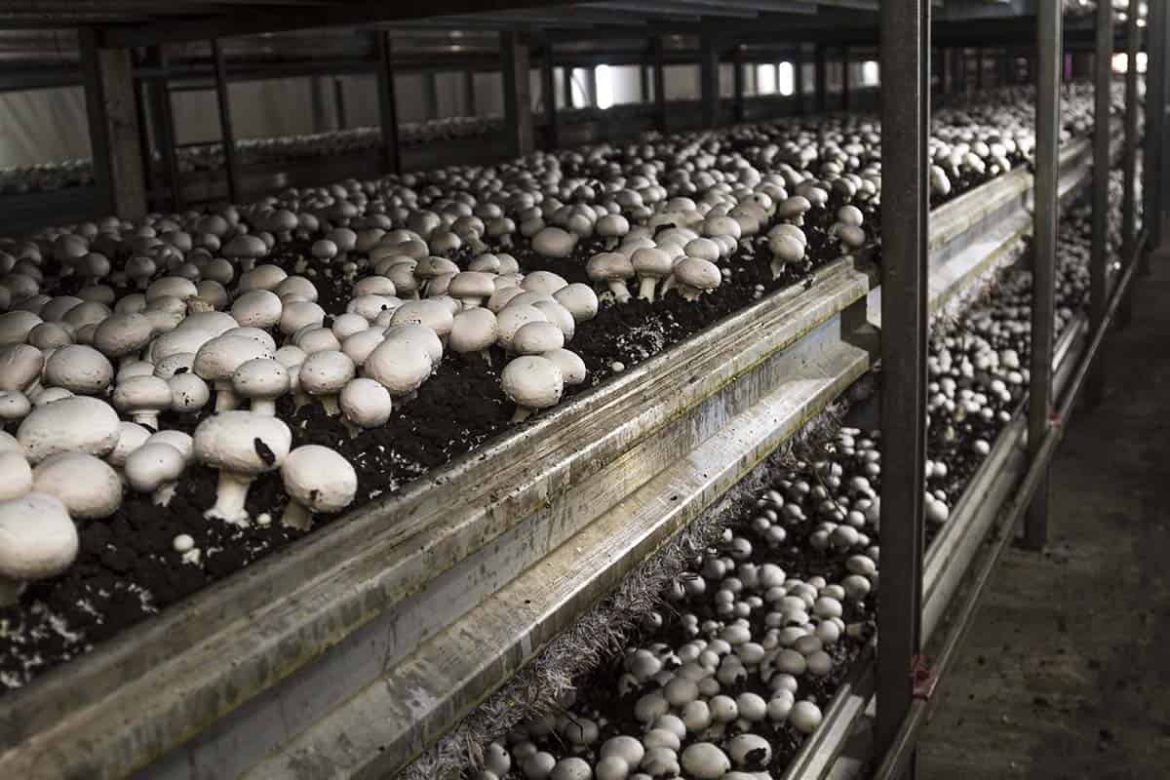
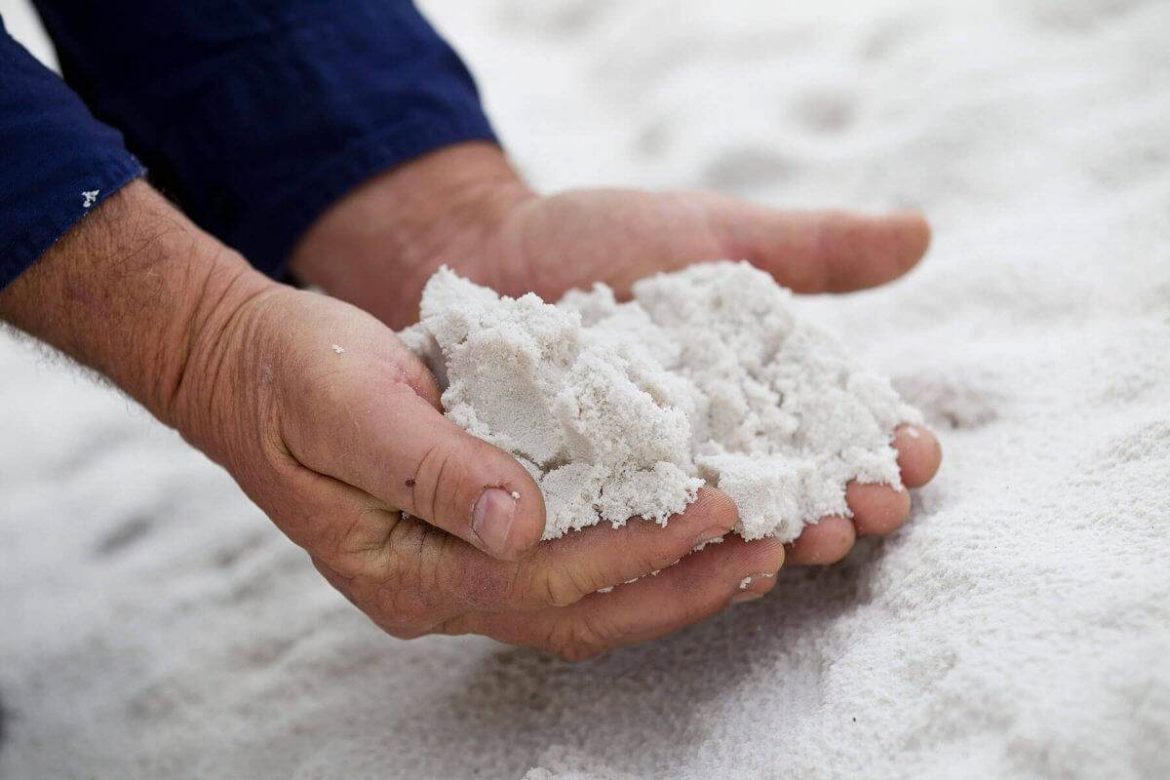
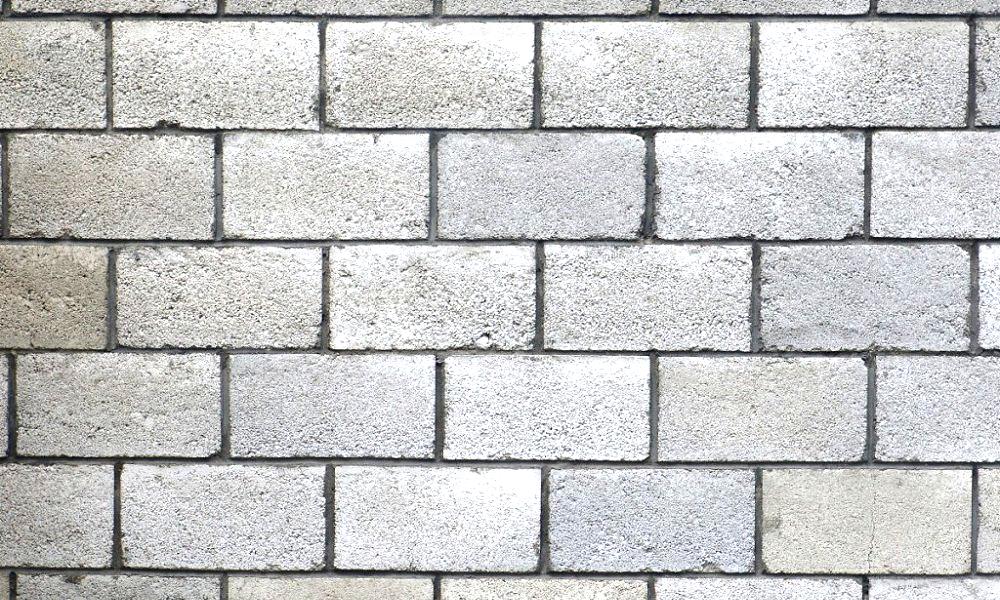
Your comment submitted.